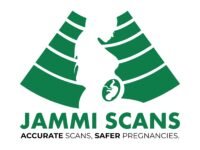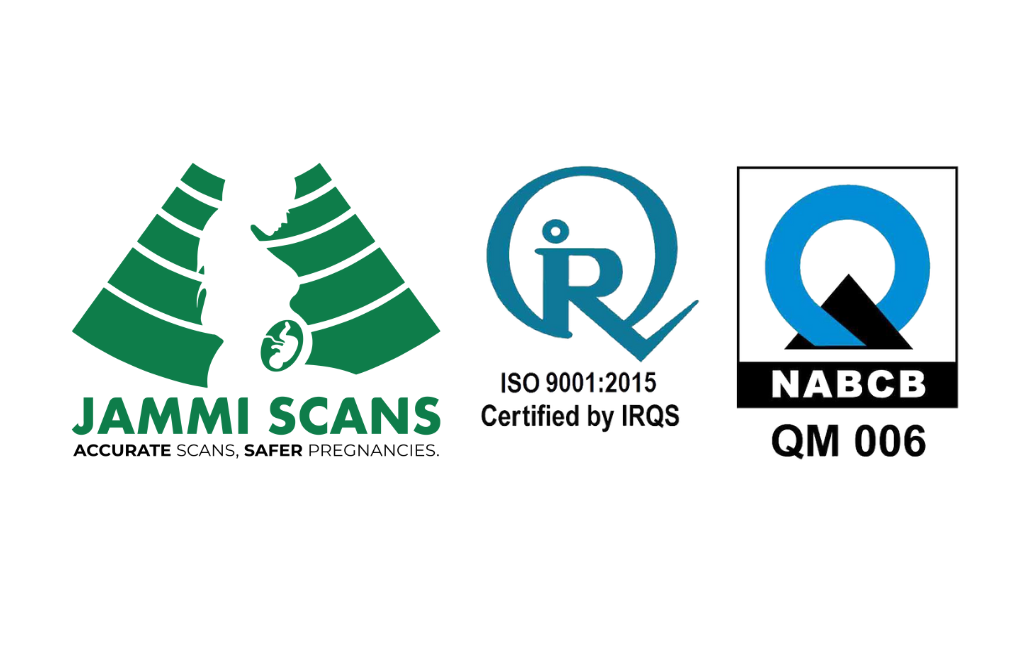Table of Contents
ToggleWhat is the Limitation of NT scan?
As your pregnancy progresses, your doctor may recommend certain screenings, including nuchal translucency. These tests can help determine the health of both you and your baby.
Nuchal translucency screening is a useful tool for identifying potential birth defects, but it is not accurate in most cases and this is the limitation of NT scan. When used alone, it can produce false positive or false negative results. To improve the accuracy of nuchal translucency screening, your practitioner may offer a combined screening test.
A combined screening of NT ultrasound results with blood tests measuring hCG and PAPP-A levels can help expectant parents get a better idea of the health of their fetus. By comparing the levels of these two hormones, produced by the fetus and passed into the mother’s bloodstream, doctors can provide parents with peace of mind or catch potential problems early. However, there are a few limitations of an NT scan.
How accurate is an NT scan?
One of the limitations of an NT scan is that it is not 100% accurate. NT results are around 70% accurate when used alone. Therefore, 30% of infants with Down syndrome or other chromosomal problems are missed by the test. A combined first-trimester screening that includes the NT increases detection rates to between 83 and 92 percent.
Different screening tests can be used in combination to get more accurate results, especially in the first trimester. The NT (nuchal translucency) scan is often used with other tests, like the quad screen or hormone measurements, to create an “integrated screen.” This improved Down syndrome detection rates to between 94 and 96 percent.
False Negative result
Screening tests for Down syndrome are not perfect. They can miss the diagnosis, meaning that a baby who does have Down syndrome may be given a low-risk result.
This means that of all babies with Down syndrome, 79 to 90 percent will be correctly identified as high-risk by screening tests. However, it also means that 5 to 21 percent of babies with Down syndrome will be incorrectly given a low-risk result.
A false negative result is when a test says there is no problem when there actually is one. This can be frustrating and might lead you to avoid diagnostic testing in the future, even though it could help reveal issues. And this is considered one of the limitations of an NT scan.
False positive result
A false-positive result on a newborn screening test for Down Syndrome (DS) is not caused for alarm. According to the National Down Syndrome Society, these tests have a 5 percent false-positive rate.
This means that out of 100 babies who receive a positive result, only five of them will actually have DS.
Risks of nuchal translucency
Except for the needle prick required for the blood test, the ultrasound and related blood tests are painless and pose no risk to you or your unborn child.
With the NT screen alone, false positives are relatively frequent, which may prompt follow-up procedures that carry more risk and unnecessary worry. However, remember that your chances of having a child that is entirely healthy are really high.
Also, discover the essential pregnancy scans and how to read their reports in this blog.
What if NT scan results are abnormal?
As expectant parents, it’s only natural to want everything to be perfect with your baby. So what do you do if your NT results come back abnormal?
If your nuchal translucency screening or any other prenatal screening indicates that your baby may be at an increased risk of having a genetic abnormality, your practitioner will likely suggest a diagnostic test like chorionic villus sampling (CVS) or amniocentesis.
An increased nuchal translucency (NT) measurement may be a sign of a fetal heart defect. Your practitioner may recommend a fetal echocardiogram at around 20 weeks to check for any abnormalities. If the NT measurement is abnormally high, your practitioner will pay special attention to your baby’s heart during the 20-week anatomy scan.
Increased NT Scan measurements may also be linked to a very slightly higher risk of preterm birth, so you may be monitored for that as well.
If you have an abnormally high nuchal translucency measurement, your practitioner may recommend a fetal echocardiogram at around 20 weeks to check for heart defects. At the 20-week anatomy scan, special attention should be paid to scanning the heart, in addition to taking note of the nuchal measurement.
A nuchal translucency measurement that is higher than average may be linked to a slightly increased risk of preterm birth. For this reason, you may be monitored more closely for this possibility during your pregnancy.
It is important to remember that all pregnancy screenings, including the nuchal translucency and associated bloodwork, cannot diagnose any specific chromosomal condition. They are only meant to give us general information about the health of the pregnancy.
Reviewed by Dr. Deepthi Jammi - Fetal Medicine Specialist
Dr. Deepthi Jammi (Director, Jammi Scans) is a qualified OB/GYN and Post-Doc in Maternal Fetal Medicine. As a pregnancy ultrasound expert, she is passionate about healthy pregnancies and works towards spreading awareness on the latest diagnostic options available for parents to choose from. Dr.Deepthi has received gold medals and awards in Fetal Medicine at international and national conferences, and has appeared in numerous prestigious regional magazines and TV interviews.







